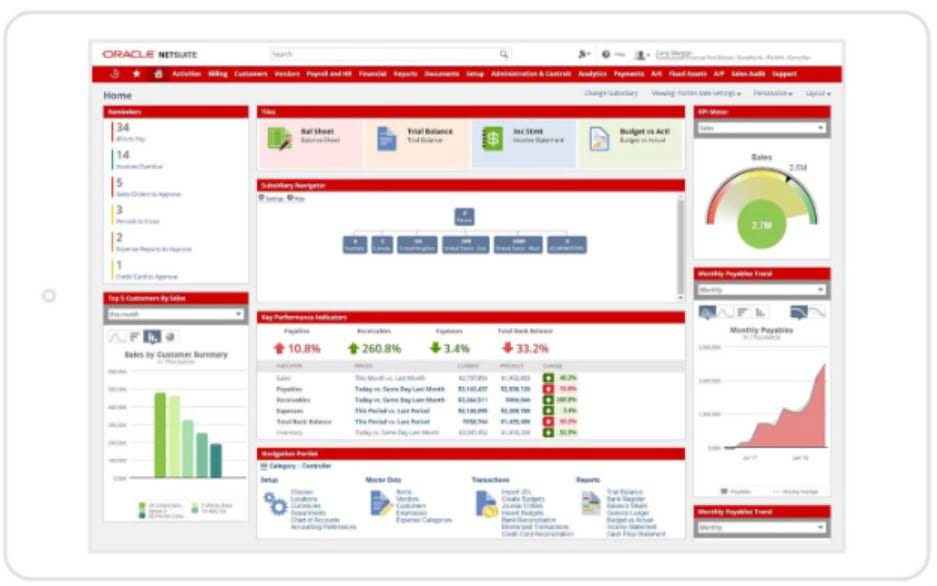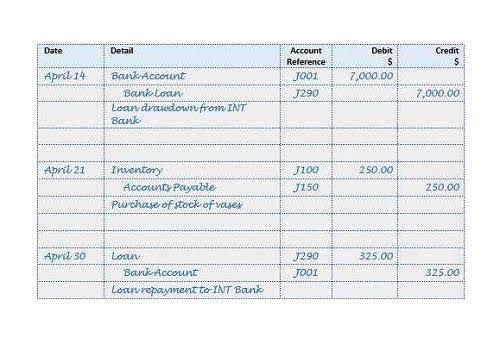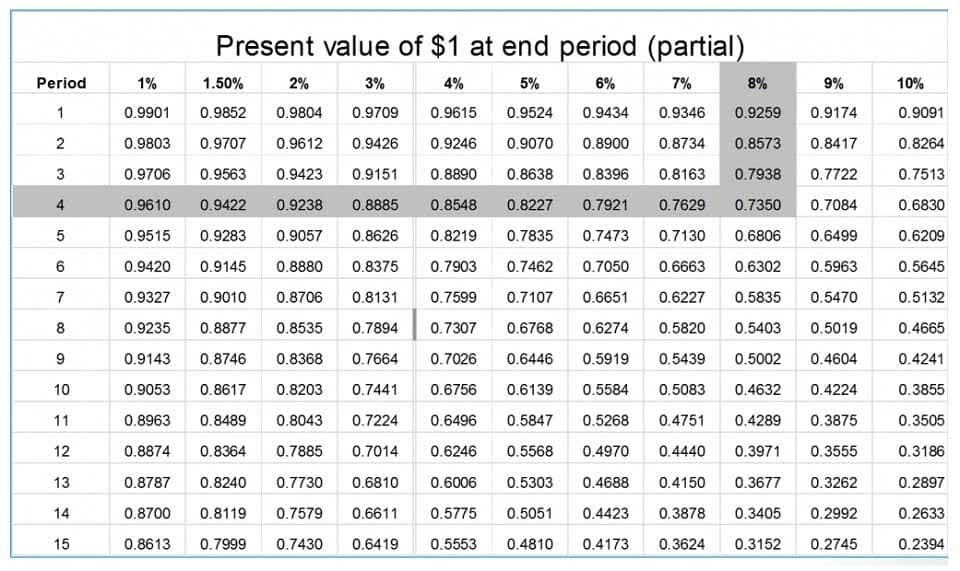News & Notice
공지사항
| 제목 | 5 Key Differences Between Accounts Payable and Accounts Receivable | ||
| 작성일 | 2021-02-25 | 작성자 | 변윤경 |

Collection agencies often take a huge cut of the collectible amount—sometimes as much as 50 percent—and are usually only worth hiring to recover large unpaid bills. Coming to some kind of agreement with the customer is almost always the less time-consuming, less expensive option. Instead of getting more flexible with your customers, which can be tempting when you’re starved for cash, develop crystal-clear guidelines for when you can and cannot extend credit to your customers. Then don’t hesitate to enforce them, even if it means turning down a few people in the short term. Accounts receivable are an asset account, representing money that your customers owe you. Increase in A/R in balance sheet includes the A/R of acquired businesses.
Save money with car insurance and credit card tips!
The terms include the number of days clients have to pay their bills before they will be charged a late fee. When a buyer doesn’t adhere to the payment terms, the seller can approach its customer and offer new terms or some other remedy to collect on the bill. On the other hand, if a company’s A/R balance declines, the invoices billed to customers that paid on credit were completed and the money was received in cash. The forecasted accounts receivable balance is equal to the days sales outstanding (DSO) assumption divided by 365 days, multiplied by 365 days. Accounts Receivable (A/R) is defined as payments owed to a company by its customers for products and/or services already delivered to them – i.e. an “IOU” from customers who paid on credit. That is, they deliver the goods and services immediately, send an invoice, then get paid a few weeks later.

Heating and Air Company
Therefore, a higher receivables turnover ratio is better than a lower ratio. However, if all customers take 40 days to pay the amount owed, the receivables turnover ratio will be approximately 9.1 times per year (365 days / 40 days). Recall that the amounts reported on the balance sheet are as of an instant or point in time, such as the final moment of an accounting year. Therefore, a balance sheet dated December 31 provides a “snapshot” of the pertinent general ledger account balances (assets, liabilities, equity) as of the final moment of December 31. In practice, projecting the accounts receivable balance of a company is most often performed via the days sales outstanding (DSO) metric.
Ratio #13 Days’ Sales in Inventory (Days to Sell)

When it’s clear that an account receivable won’t get paid, we have to write it off as a bad debt expense. For comparison, in the https://www.bookstime.com/ fourth quarter of 2021 Apple Inc. had a turnover ratio of 13.2. The information reported in the income statement must meet specific criteria. These criteria come from the definition set for each item that goes into the statement. For example, revenues must include inflows of economic benefits during the period. Accounts receivable is an item that most people may confuse about whether it should go on the income statement.
Assuming that credit is not a significant component of its sales, these sellers can also use the direct write-off method. The companies that qualify for this exemption, however, are typically small and not major participants in the credit market. Thus, virtually all of the remaining bad debt expense material discussed here will be based on an allowance method that uses accrual accounting, the matching principle, and the revenue recognition rules under GAAP. Accounts receivable is any amount of money your customers owe you for goods or services they purchased from you in the past. This money is typically collected after a few weeks and is recorded as an asset on your company’s balance sheet.

You must log in to answer this question.
- Adam received his master’s in economics from The New School for Social Research and his Ph.D. from the University of Wisconsin-Madison in sociology.
- So, if accounts receivable doesn’t appear on the income statement, where does it appear on the balance sheet?
- On the cash flow statement (CFS), the starting line item is net income, which is then adjusted for non-cash add-backs and changes in working capital in the cash from operations (CFO) section.
- When a company sells its products or services, it may not receive money in exchange simultaneously.
- Therefore, a higher receivables turnover ratio (Ratio #10) and a higher inventory turnover ratio (Ratio #12) are better than lower ratios.
- In contrast, accounts receivable (AR) denotes the money a company owes its customers.
Sometimes, businesses offer such credit to frequent or special customers, who receive periodic invoices rather than having to make payments as each transaction occurs. In other cases, businesses routinely offer all of their clients the ability to pay within some reasonable period after receiving the products or services. Efficient management of AP can help maintain liquidity by extending payment terms. On the other hand, accounts receivable (AR) add to working capital since they consist of funds expected from customers. Collecting AR promptly is essential for healthy cash flow and smooth operations.
Accounts receivable is crucial in reporting a company’s assets under the accrual concept. Usually, it goes against which accounts are found on an income statement the cash method for accounting which only recognizes cash transactions. Since companies must account for transactions as they occur, they must create accounts receivable balances. These balances become a part of the balance sheet and classify as assets.
Accounts Receivable vs. Accounts Payable

These statements are the balance sheet, income statement, and statement of cash flows. The cash flow statement shows how well a company manages cash to fund operations and any expansion efforts. In this article, we’ll examine the balance sheet and income statement and their differences. If a company’s accounts receivable balance increases, more revenue must have been earned with payment in the form of credit, so more cash payments must be collected in the future. First, it can include irrecoverable balances that companies must write off to present an accurate amount.

Why Is It Important to Distinguish Accounts Receivable from Revenue?
Also recall that the income statement reports the cumulative amounts of revenues, expenses, gains, and losses that occurred during the entire 12 months that ended on December 31. Using the same assumptions as the prior section, the journal entry to reflect the purchase made on credit is as follows. The company anticipates receiving the owed payment in cash soon (“cash inflow”). If you have a good relationship with the late-paying customer, you might consider converting their account receivable into a long-term note. In this situation, you replace the account receivable on your books with a loan that is due in more than 12 months and which you charge the customer interest for. Many companies will stop delivering services or goods to a customer if they have bills income statement that are more than 120, 90, or even 60 days due.
